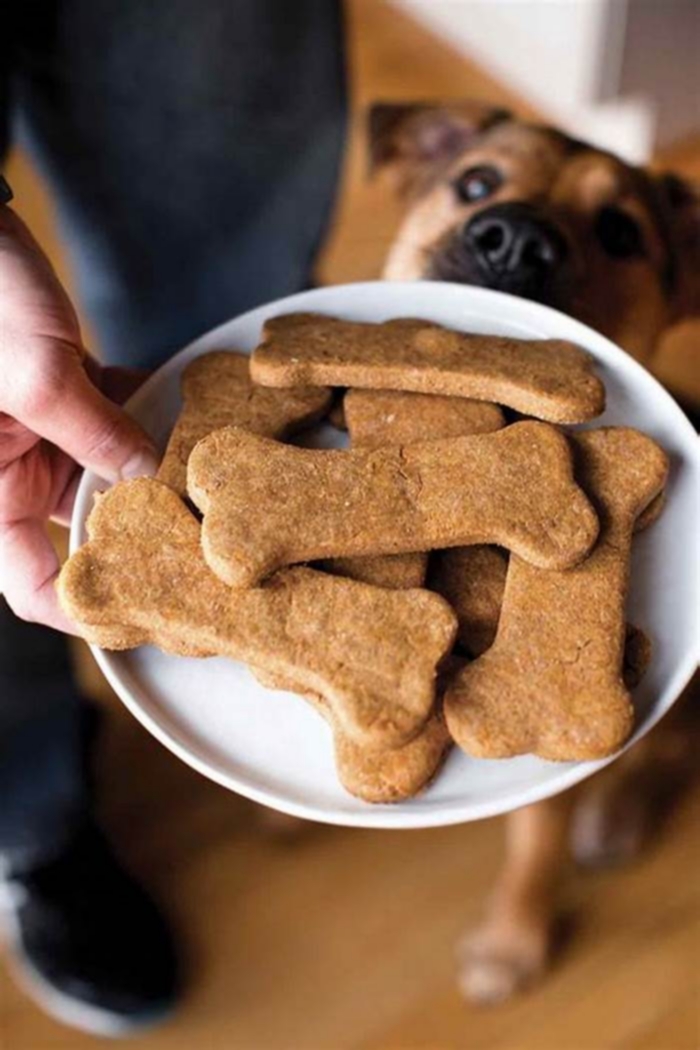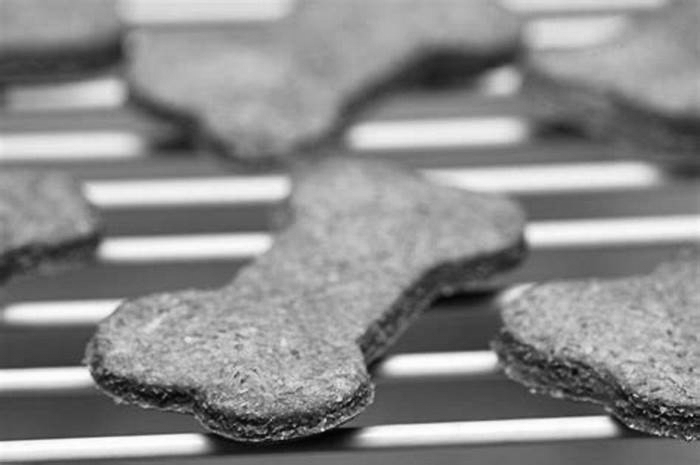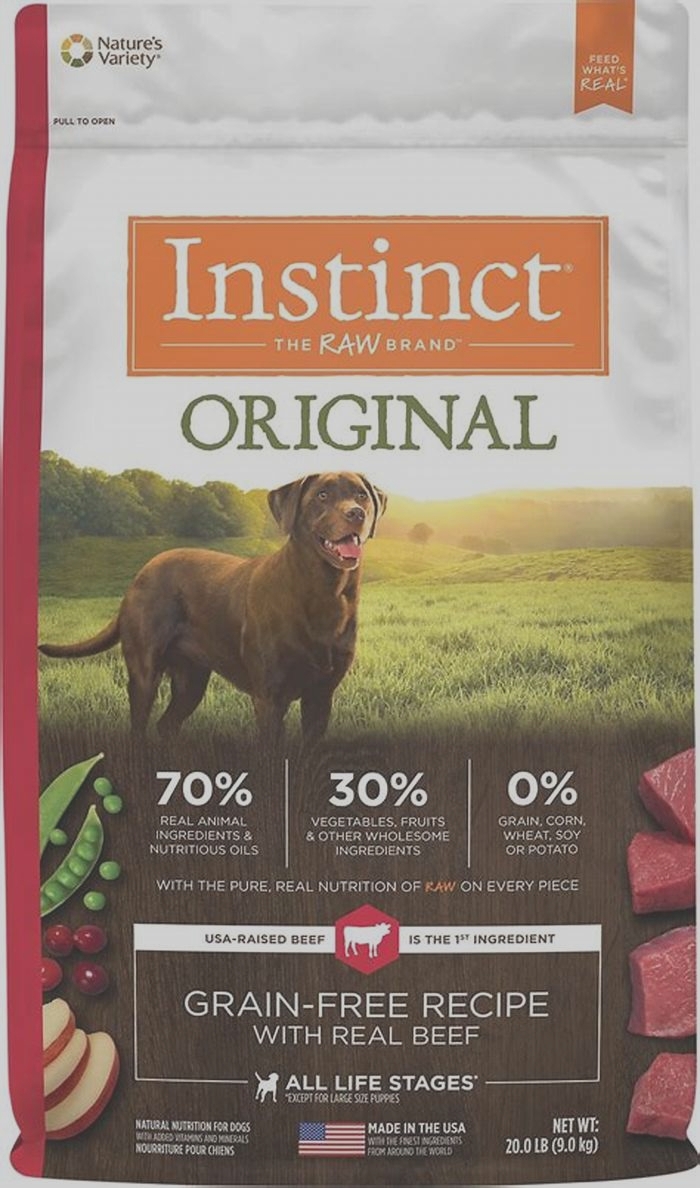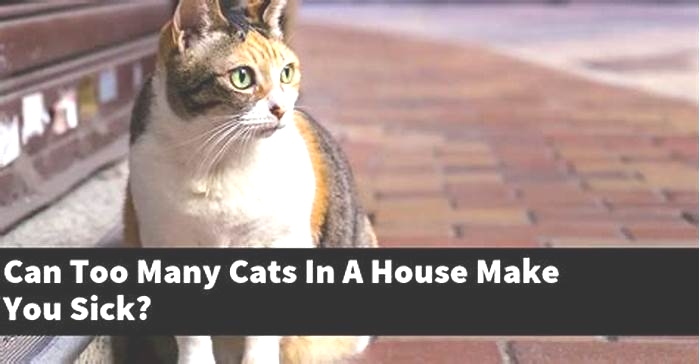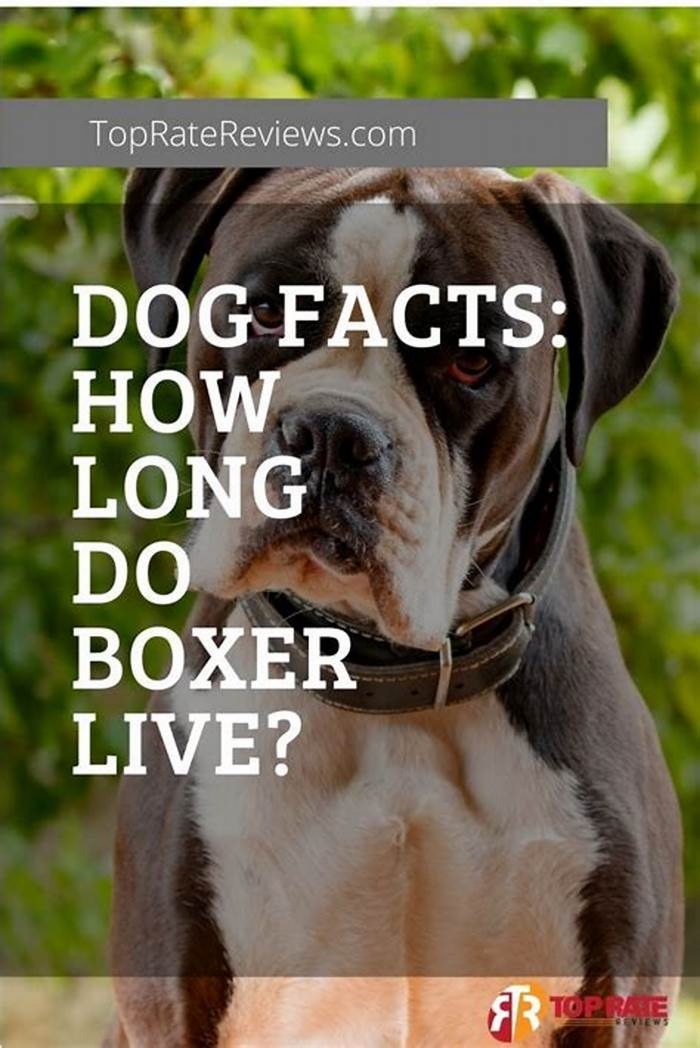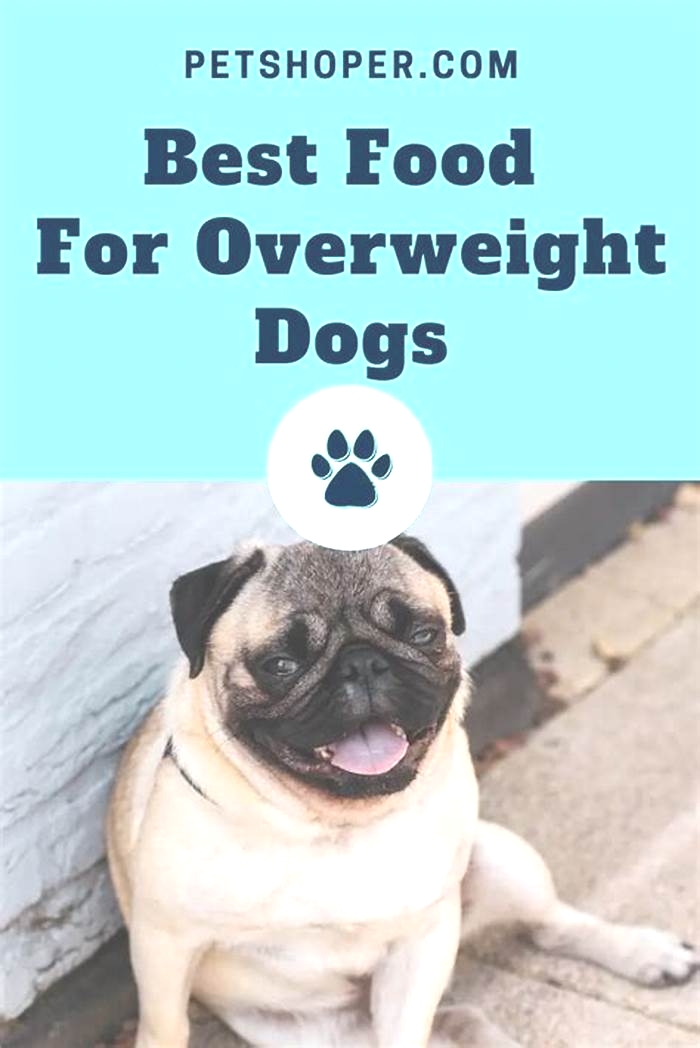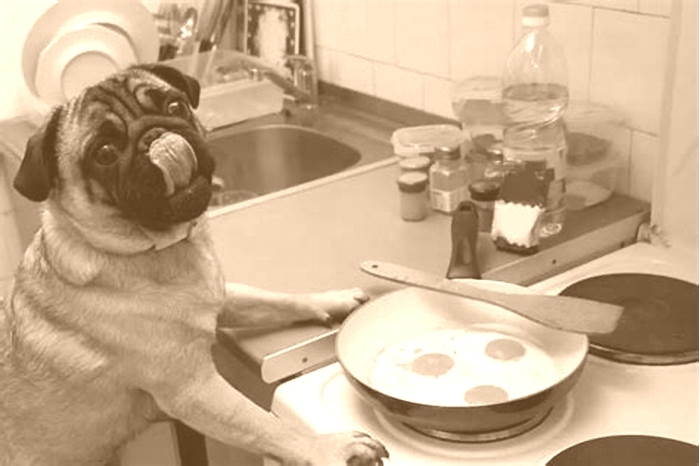How can I make my dog less fat
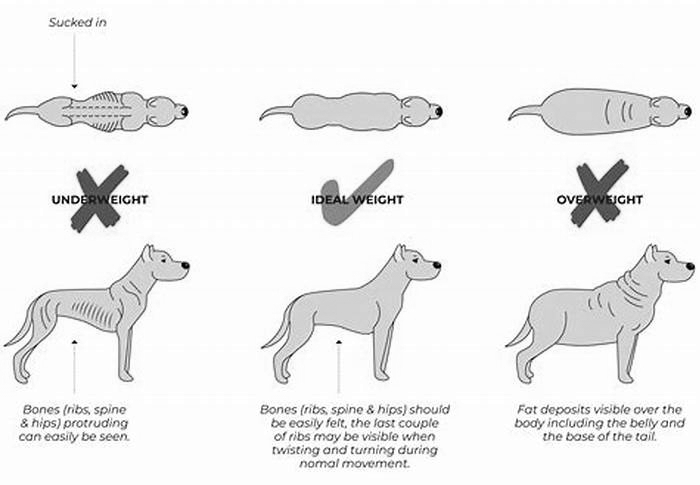
7 Medical Causes Behind Weight Gain
Your pet is overweight, and being the conscientious pet owner, you have made the necessary changes to your pets diet and activity levels, but your pet is still overweight. In fact, not only is he still overweight, he seems to be gaining more weight. If diet and exercise are not solving the problem, what else is there?
There are other valid reasons for weight gain besides eating habits and lack of activity. Here are seven of the most likely offenders.
Pregnancy
This is the most obvious cause of weight gain and potbellied appearances. Although it may seem obvious, some pet owners are completely unaware that their cat or dog is pregnant until there is a litter of little ones staring them in the face. If a female dog or cat is not spayed, she can become pregnant, and it does not take long for it to happen. A few unattended minutes in the backyard can lead to an unintended pregnancy.
So don't go putting your dog on a strict diet or exercise regimen just because she's gaining weight for no obvious reason. She may just be expecting.
Fluid Retention
A common side-effect of heart disease is a condition called ascites, the medical term used for excess fluid in the abdomen. The outward symptom is of an enlarged belly that is not coincident with overeating or lack of exercise. Other conditions can also cause the body to react in this way, including tumors or diseases of the internal organs. In very young animals, abnormal amounts of fluid in the abdomen may be the result of abnormal blood flow in the heart due to a congenital defect. Another cause of ascites may be linked to a portosystemic shunt, also referred to as a liver shunt, where the circulatory system bypasses (shunts) the liver.
In cats, feline infectious peritonitis (FIP) is one of the main causes of abdominal fluid retention.
Prescription Drugs
There are some prescription medications that can also lead to weight gain, especially if they are taken over a long period. If your pet is on any kind of medication and is also having a weight problem that you cannot control through simple food management and moderate exercise, you will need to consult with your veterinarian to see if the medication is related to the weight, and if a different medication or lower dose can prevent further weight gain.
Parasites
Internal parasites, especially the type that lodge in the abdominal walls and intestines (though not limited to those types), will often cause fluid to build up around the area of infestation, causing a potbellied appearance. This is often seen in young animals whose immune systems are not yet strong enough to resist the effects of parasitic infestation, and is more severe when there is a heavy load of internal parasites.
In the course of a standard examination, your veterinarian will take blood, fluid, and stool samples, one or more of which will show the presence of parasites in the body. Once the specific type of parasite is determined, your veterinarian will be able to prescribe the appropriate parasiticide.
Hypothyroidism
The thyroid glands are responsible for the production of thyroid hormones, the chief instigator for how quickly the body uses energy. That is, the speed at which energy is metabolized. Energy is taken into the body in the form of food, and under normal health conditions, the body burns this energy during the course of normal activity. However, under production of thyroid hormones can result in a sluggish metabolism, and too much energy being retained in the body, resulting in a burden of weight. The name for this condition is hypothyroidism, where the prefix hypo- means under. It can be confounding to observe that even while your pet is eating very little, she is continuing to gain weight. This is because even the small amount of food energy she is taking in is being stored rather than released through the metabolic process.
Some of the other symptoms seen with this disorder are fatigue, coarse hair coat, slow heart rate, and itchy, dry skin. Your veterinarian can conduct some straightforward blood tests to determine if your pet has an underlying case of hypothyroidism. If the diagnosis is positive for hypothyroidism, your doctor can prescribe medication to treat it
Cushings Disease (Hyperadrenocorticism)
Often seen in older animals, particularly older dogs, Cushings disease is a disorder that arises from long-term overproduction of glucocorticoid hormones, which are an important aspect of protein, carbohydrate, and metabolic regulation. This hormone is related to the adrenal glands (found near the kidneys) and pituitary glands, developing when something in one of these glands is abnormal.
With pituitary Cushings, the condition is most often caused by a tumor in the gland that is causing the gland to produce excess ACTH. This is the most common form of Cushings. With adrenal Cushings, the condition is caused by excess production of cortisol, a steroid hormone. Cushing s disease is commonly symptomized by muscle weakness and wasting, extreme thirst, increased appetite, urinary tract infections, rapid weight gain, and hair loss.
One of the most apparent outward symptoms is a potbelly, which is due to the wasting of muscles in the abdomen and the shifting of fat into the abdominal area. If you suspect that your pet has Cushing's disease, you will need to take your pet to a veterinarian for a full blood, urine, and chemistry profile.
Bloat
Some dogs, either because of their background, current living conditions, health or personal characteristic, will eat their dog food rapidly. This behavior is referred to as wolfing down food by some pet owners, and is often remarked upon as appearing as though the dog is swallowing its food without tasting or chewing it or gulping it down. This is, in fact, pretty much what is happening. As the dog wolfs down its food, it is also swallowing large amounts of air.
What follows is a stomach full of unchewed food and excess air, resulting in a condition called gastric dilatation and volvulus syndrome (GDV), more commonly referred to as bloat. Besides the obvious distended belly, dogs suffering from bloat will often have symptoms of troubled breathing, rapid heartbeat, pain in the abdomen (on touch), drooling and collapse. This is a life-threatening condition requiring immediate medical attention. Bloat is most often seen in large, deep-chested breeds of dogs, such as Great Danes, German Shepherds, and Standard Poodles.
How to Help Your Overweight Dog Lose Weight
Want to know a simple secret that can help your overweight dog lose weight? And live longer, too?To be successful, every weight loss plan must be based upon one simple principle
Dogs that consume fewer calories than they burn lose weight
Simple, right? Yet if weight loss was truly that easy, why are so many pets overweight?
An Epidemic of Overweight Dogs
Today, dogs are fatter than ever. Its now estimated that 45% of all U.S. dogs are either overweight or obese.1
Thats 35 million dogs.
Whats worse, obesity can be life-threatening, too. An overweight dog is more likely to suffer from a disabling medical condition like
- Diabetes
- Arthritis
- Heart disease
- Lung disorders
- High blood pressure
- Immune dysfunction
- Cancerous tumors
Add Two Extra Yearsto Your Dogs Life
A recent study proves that dogs maintaining ideal body weight live almost two years longer (and with significantly less disease) than their overweight siblings.2
An overweight dog is more likely to die at a younger age
In other words, you can add nearly two extra years to your dogs life just by maintaining your pets ideal weight.
A Couch Potato Eating Machine
Unfortunately, many fail to recognize a fat dog.
Veterinarians report that although nearly 50% of all the dogs they see are overweight, only 17% of pet owners agree.
It can sometimes be difficult for an owner to admit her 80 pound dog is 20 pounds overweight not just big-boned.
Every day I hear pet owners comment, How can he be overweight? He hardly eats anything.
Obesity is frequently indicative that our dogs are sedentary, couch potato eating machines burning almost no calories.
The Solution
The obesity equation is actually very simple. Dogs that consume more calories than they burn gain weight.
So, to lose weight
Your dog must eat less and exercise more
Thats all there is to successful weight loss. Best of all, if you work out together, exercise can be great for you, too.
The GoalYour Dogs Ideal Weight
Start your plan by knowing your dogs ideal weight. Not only can your veterinarian help you do this, but she can also screen your pet for certain conditions that can contribute to obesity
- Diabetes
- Cushings Disease
- Hypothyroidism
You can also visit the Association for Pet Obesity Prevention for some suggested weight ranges for specific breeds.
How to Calculate Caloriesfor Weight Loss
Once you know your dogs ideal weight, youll be able to discover the amount of calories to feed your dog daily to achieve steady weight loss.
Use the Advisors dog food calculator to determine this important number.
While most dogs will experience predictable weight loss when fed this amount each day, others may require even fewer calories. This can depend on a dogs age and activity level.
The Problem with a Dog Food Label
Label recommendations are designed for weight maintenance not weight loss. Following these instructions will likely lead to continued gains.
To control weight, you must know how many calories are in a cup of food. Then, feed according to calories.
Also, if your dog is severely overweight, your vet may need to help you design a custom weight loss program for your pet.
The Wrong Way to Feed a Dog
Many dogs are fed free choice which means food is available 24 hours a day. So, the dog eats whenever it wants.
Free choice feeding is completely unnatural for any mammal. And (just like us humans), a dog will eat when bored instead of just when hungry.
Whats more, free feeding can contribute to unnatural hormonal changes which can make weight loss even more challenging.
And the Right Way
A dog should be fed two to four small portions a day. And the total number of calories for all meals and treats must equal the number of calories desired for weight loss.
If your schedule makes it difficult to follow this strategy, there are timed automatic feeders that can help your pet get the right amount of food.
And only at specific times.
Dont Guess Measure
Its critical to actually measure your dogs food. Never guess. Use an 8 ounce measuring cup not a coffee cup or a food scoop.
Then be sure to dispense the exact amount of food called for in your calculations.
The Trouble with MostWeight Loss Foods
Although there are many foods marketed for canine weight loss, not all are created equal. Products described as diet, lite or reduced-calorie may not be the best choice.
Many of these recipes replace meat content with high levels of carbohydrate fillers. This creates a low-calorie, bulky food that helps your dog feel full.
But only for a short time. Some arent very tasty and most tend to cause an increase in stool production.
These products can lead to dogs who are constantly hungry. Many times pets even gain weight due to the difficulty of staying on track in the face of persistent begging.
Most regular maintenance diets are high in calories (usually between 450 and 550 calories per cup or per can) making it easy to overfeed your pet.
Less Food More Begging
While weight loss can sometimes be achieved by feeding less of your dogs regular maintenance food, youll find you must feed very small amounts to achieve the reduced number of calories required to lose weight.
This leads to a pet that may feel less satisfied and begs more.
What to Look forin an Ideal Weight Loss Product
For successful weight loss, choose a quality dog food with
- Above-average protein3
- Below-average fat4
- Below-average calories5
A higher protein content helps a dog feel more satisfied with less begging. This makes it easier for you to stick to the diet.
These products also help combat muscle loss an unwelcome side effect with dieting.6
Lower calories allows your dog to eat more and still lose weight.
Weight loss is often easier to achieve by adding canned food to your dogs feeding regimen.
Canned products usually have higher protein, lower carbohydrates and fewer calories compared to a similar sized quantity of kibble.
Its also possible to achieve a good high protein weight loss diet by combining a high quality commercial dog food with low-calorie home-cooked foods. This should be accomplished with the help of your veterinarian or veterinary nutritionist.
Exercise. Exercise. Exercise.
Forty percent of American adults do not participate in any leisure time physical activity. So, no doubt our dogs are just as sedentary.
In humans, physical activity has been proven to
- Aid in weight loss
- Lessen heart disease
- Lower cholesterol levels
- Decrease the risk of diabetes
- Control anxiety and depression
- Reduce the risk of certain cancers
- Slow bone loss associated with advancing age
We can probably expect many of these same benefits for our pets.
So, get your dog moving. Take a walk. Run. Play fetch. Swim. Climb the stairs. Provide at least 30 minutes of brisk exercise every day to facilitate weight loss.
How to Monitor Your Dogs Weight Loss
Monitor your dogs progress. Weigh your dog at least every 1 to 2 weeks. Using the recommended guidelines, overweight or obese dogs should lose about 1% to 2% of their body weight each week.
If your dog is not losing weight, the daily calories may need to be restricted further.
Also make sure no one in the house is cheating by giving extra food or treats.
Once You Reach Your Goal
Once the ideal weight is reached, the amount of food your dog is eating will likely need to be increased.
Its important to continue weighing and monitoring your dog for any future change in weight.
So, keep a log. And make any necessary adjustments throughout your dogs life to maintain an ideal weight.
My Recommended Dog Foodsfor Weight Loss
To see a list of my current recommendations, be sure to visit the Advisors article, Dog Foods for Weight Loss.
Donna Spector, DVM, DACVIM is a renowned, board-certified Veterinary Internal Medicine Specialist.

Dr. Spector has written and lectured extensively on topics including animal nutrition, diabetes, gastrointestinal disorders, and kidney failure. She is widely acknowledged for her role as consulting veterinarian to Halo, Purely for Pets and her TV appearances with The Ellen DeGeneres Show.
Dr. Spectors online consulting service offers personalized and tailored medical, nutritional and weight loss consultations for owners of both dogs and cats.
She provides professional advice relating to urinary disorders, liver problems, immune diseases, intestinal issues, diabetes, asthma and other breathing conditions, hormonal problems and other internal medical complaints.

